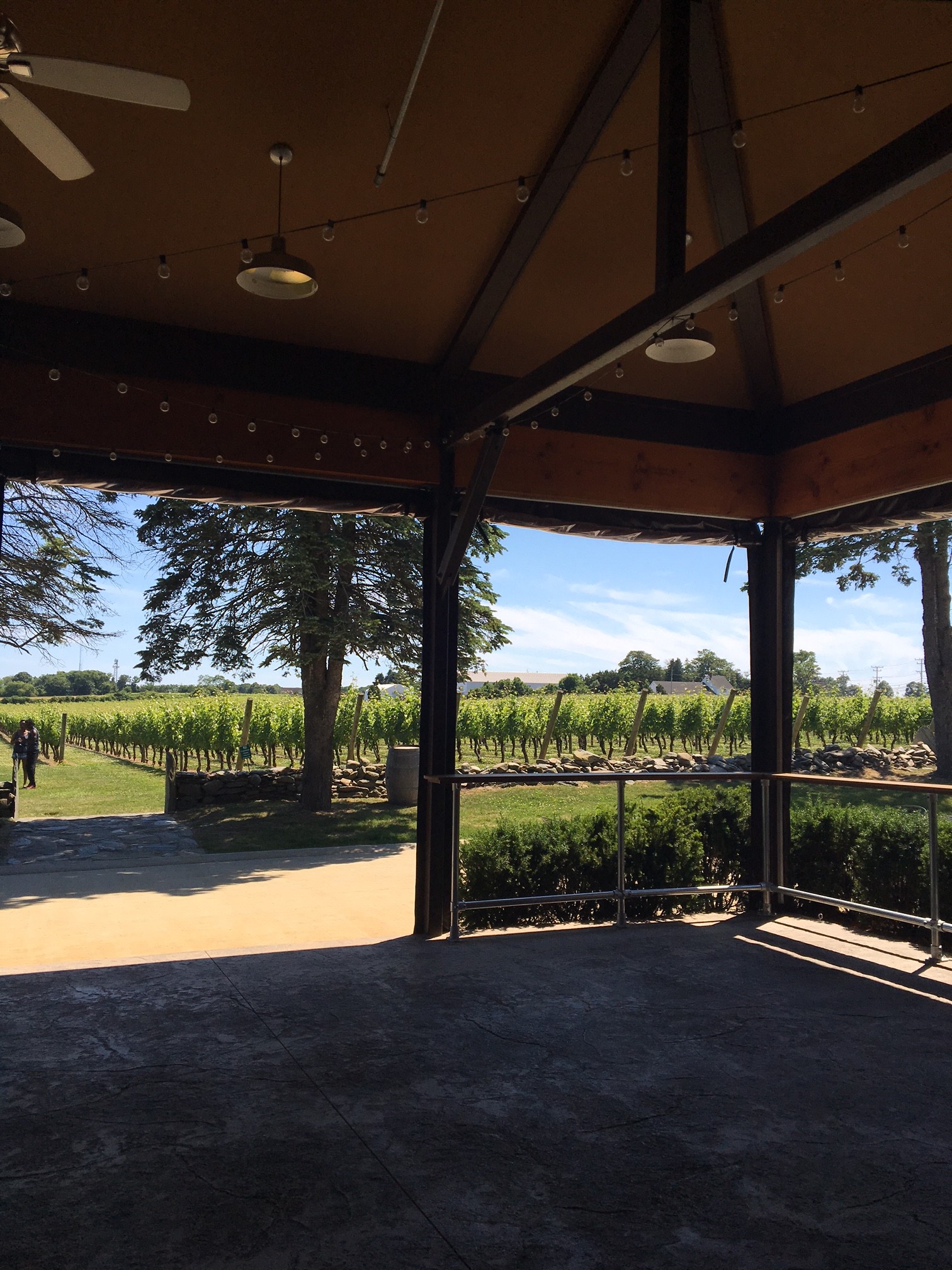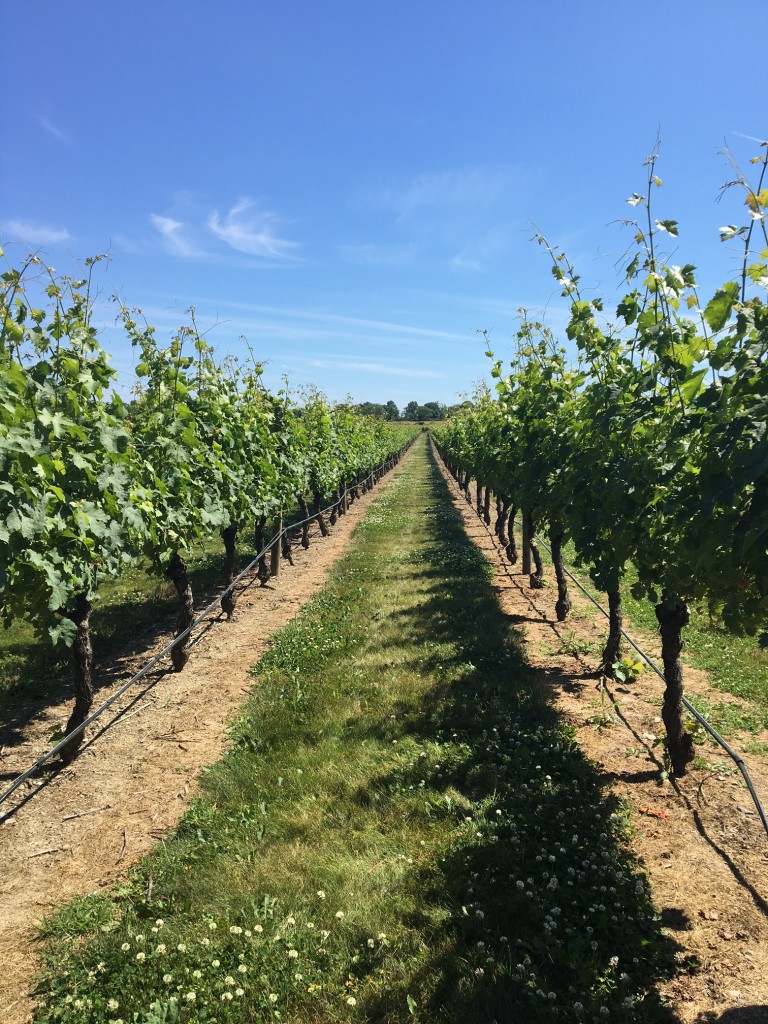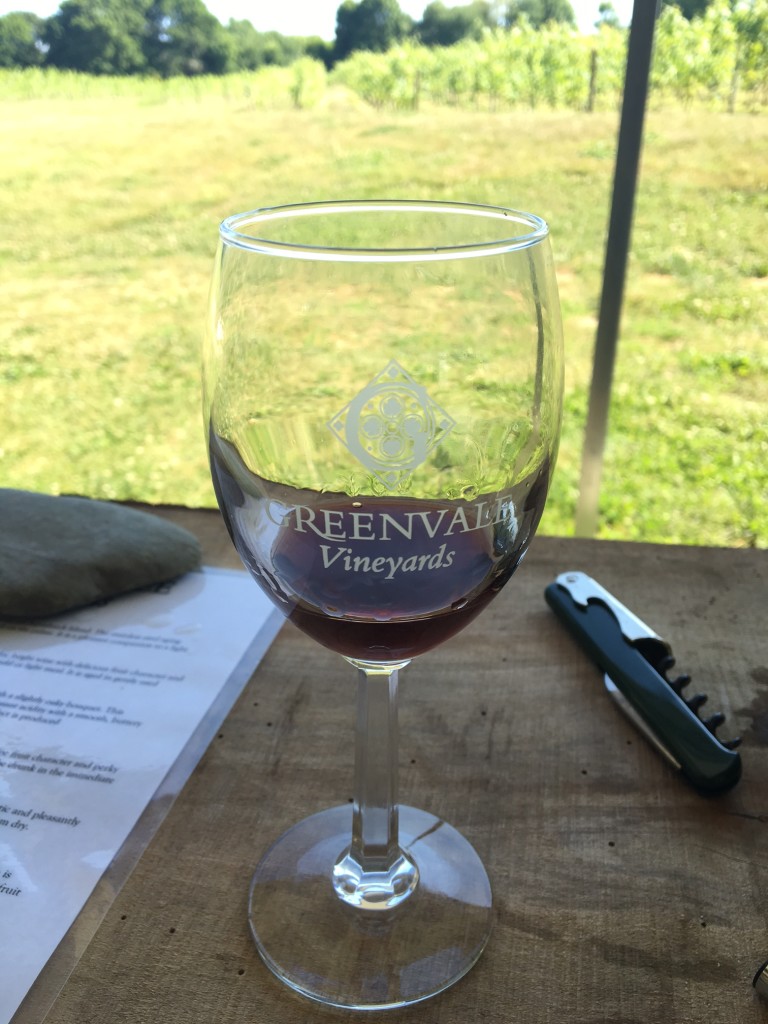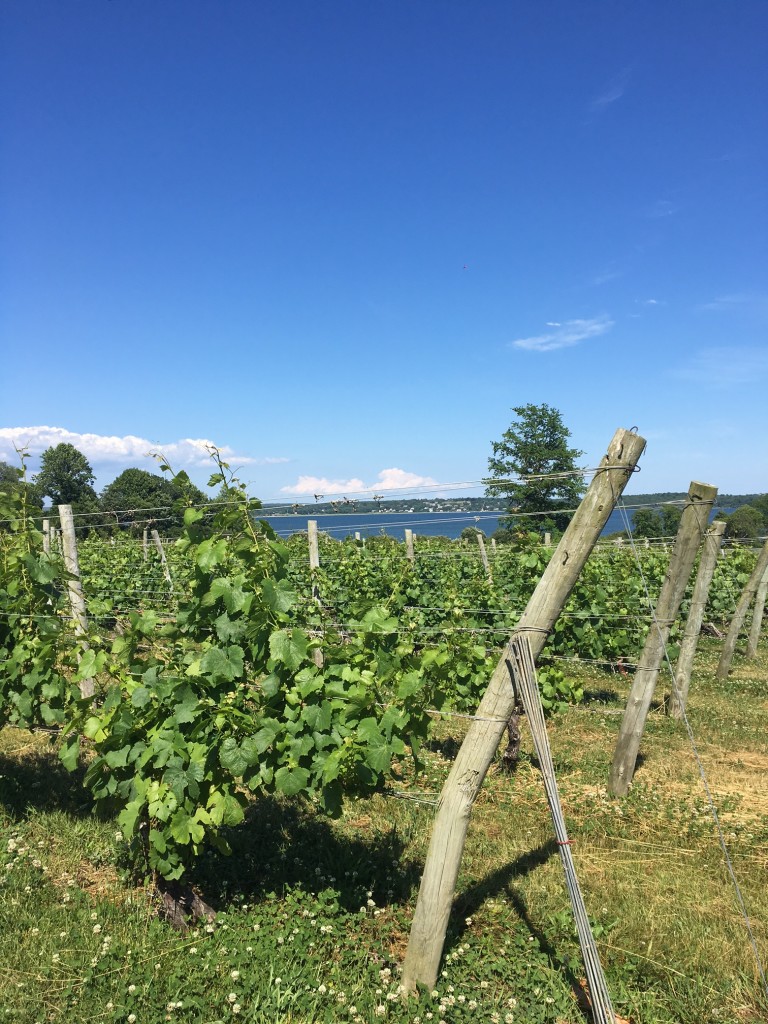Disclosure: This post was sponsored by Rhode Island Tourism, which organized and provided transportation to the below Rhode Island wineries. I was not otherwise compensated for this article. The below remains my opinion of Rhode Island wines from my experience at the properties.
Rhode Island wine.
I consider myself fairly knowledgeable about wine. I say “fairly” because I strongly (and personally) believe that with wine—and especially with wine—there is always more to learn and more to taste. I am, by no means, an expert, but I do enjoy tasting and learning and experiencing. My palate, for example, is forever changing and increasingly expanding. Perhaps that is what makes wine so interesting to me. I can say with some degree of affirmation that my preferences have certainly changed in a matter of several years and, in some instances, even months. On my first trip to Champagne, I found myself reaching for older blanc de blancs, but on a more recent return to the region, I surprised myself and gravitated toward a younger blanc de noirs during a tasting. (Of course, that could be the product of so many factors.) When I was approached with an invitation to visit several Rhode Island wineries to taste Rhode Island wine, I was not only intrigued but also somewhat reserved. I did not know much about Rhode Island wine, which may not be dissimilar to your own experience with Rhone Island wines.

Now, of course every state in the U.S. has at least one registered winery. However, distribution of such wine outside of the wine’s home state is a different story. Thus, my prior experience with Rhode Island wines was nonexistent, despite spending the majority of my life in the Northeast. Even after tasting the wines at various Rhode Island properties, and discovering several favorites, I still found it curious why such wines had not made their way across state lines. The exact explanation I’ll leave to an entry focused more on law and less on wine, but needless to say, the grounds were beautiful, the wines impressive, and the stories evocative.
1. Newport Vineyards—Located in Middletown, Rhode Island, Newport Vineyards just recently completed a two-year expansion of its property that embraces an open concept design. The first vines were planted in 1977, but the property on which Newport Vineyards is located has been a farm for the last three hundred years, thus making the land especially rich and fertile. The vineyard has since expanded to about 62 acres and produces about 20,000 cases per year. Grape varieties include cabernet franc, lemberger, merlot, cabernet sauvignon chardonnay, riesling, cayuga white, and pinot noir. Because Newport is actually located on an island and its growing climate is moderated by the surrounding water, which helps to lengthen the region’s growing season. Craig Corsetti, the Tasting Room Manager, compared the vineyard’s red wines to the Loir and Alsace regions and mentioned that the white wines would have lower sugar and higher acidity due to the micro-climate.

Newport’s tank room contains fermentation tanks ranging from 500-gallon to 3,000-gallon stainless steel tanks. Even though about 70% of the winery’s production is white wine, Newport still houses oak barrels of various compositions: French Oak, American Oak, and Hungarian Oak. The fermentation room itself was built about three years ago and embraces green technology as a means for cost savings; the passive solar windows allow natural light to shine through, which helps heat the building, along with solar panels and a pellet furnace that produces heat from vine trimmings.
Notable Wines: While Newport has a large selection of wines (probably close to—if not greater than—twenty), I only tried about five. Two of the wines that particularly jumped out to me were the Newport Vineyards Dry Rosé and the Newport Vineyards Vidal Ice. The rosé has a strawberry jam nose that sings loud and strong with tastes of pear and mango, along with high acidity and a subtle but dry finish. The Vidal Ice has a nose most easily equated to a high quality honey and has tastes of apricot and peaches with great balance and a residual sugar of about 20%. The residual sugar level makes the Vidal Ice somewhat more palatable for wine drinkers who may prefer less sweet ice wines.

2. Greenvale Vineyards—The charming familial backstory of this Portsmouth, Rhode Island vineyard makes Greenvale Vineyards a top stop on any Rhode Island itinerary. It is located five miles north of downtown Newport. The property has been in the same family since 1860, but the farm remained dormant for some time and it wasn’t until the early ’80s that the family started planting vines on a serious basis. The property currently has about thirty acres of cultivated land and produces about 3,500 cases of estate grown wine per year. The varieties include vidal blanc, cayuga white, chardonnay, cabernet franc, merlot, pinot gris, and malbec. Again, due its location in proximity to the Naragansett Bay and Sakonnet River, the region has about a forty-five day longer growing season than that of the Finger Lakes. Greenvale takes great pride in the viticultural practices and is currently working to become an organic vineyard. Further, the vineyard aims to prune about two or three times per year and focuses on clusters, aiming for quality as opposed to a higher yield.
Greenvale also cherishes the unique aspect of growing grapes in the Newport region with respect to the higher level of acidity, which provides good structure to the vineyards’ wines, and emphasizes that the “environment is socializing the grape.”

Notable Wines: It is difficult to pick any one wine that is truly “notable” with respect to Greenvale Vineyards because each is quite distinct and characteristic of its upbringing. However, Greenvale’s 2014 Chardonnay is lightly oaked in French barrel with a beautiful nose of mangos, peaches, and pineapple and is well balanced with a lingering taste of granny smith apples, perhaps a tribute to the wine’s obvious acidity. The Rosecliff Pinot Gris is a showstopper with notes of citrus and pear, with great minerality and a slightly dry finish. The wine itself has less residual sugar than one might expect for this region, which makes it a great option for many summer meals. Finally, for a more unique taste, Greenvale’s 2015 Albarino has a floral yet peachy nose with bold tastes of pineapple and apricot and slight lemon undertones, making the wine crisp and refreshing, and finishes with some minerality and acidity.
If you’ve never tasted Rhode Island wine and ever have the opportunity to do so, do not be reserved in selecting a bottle. The wines I tasted were of good quality and impressively well balanced. Plus, tasting new styles will only further enhance and expand your palate.
The vineyards are an easy trip from New York City via Amtrak and certainly an option for a day trip, but even better as an overnight excursion. The above wineries are part of the Coastal Wine Trail, which consists of about fourteen wineries from eastern Connecticut to Cape Cod, Massachusetts, and are part of the Southeastern New England American Viticultural Area. The region features vinifera, hybrids, sparkling wines, and ice wines.